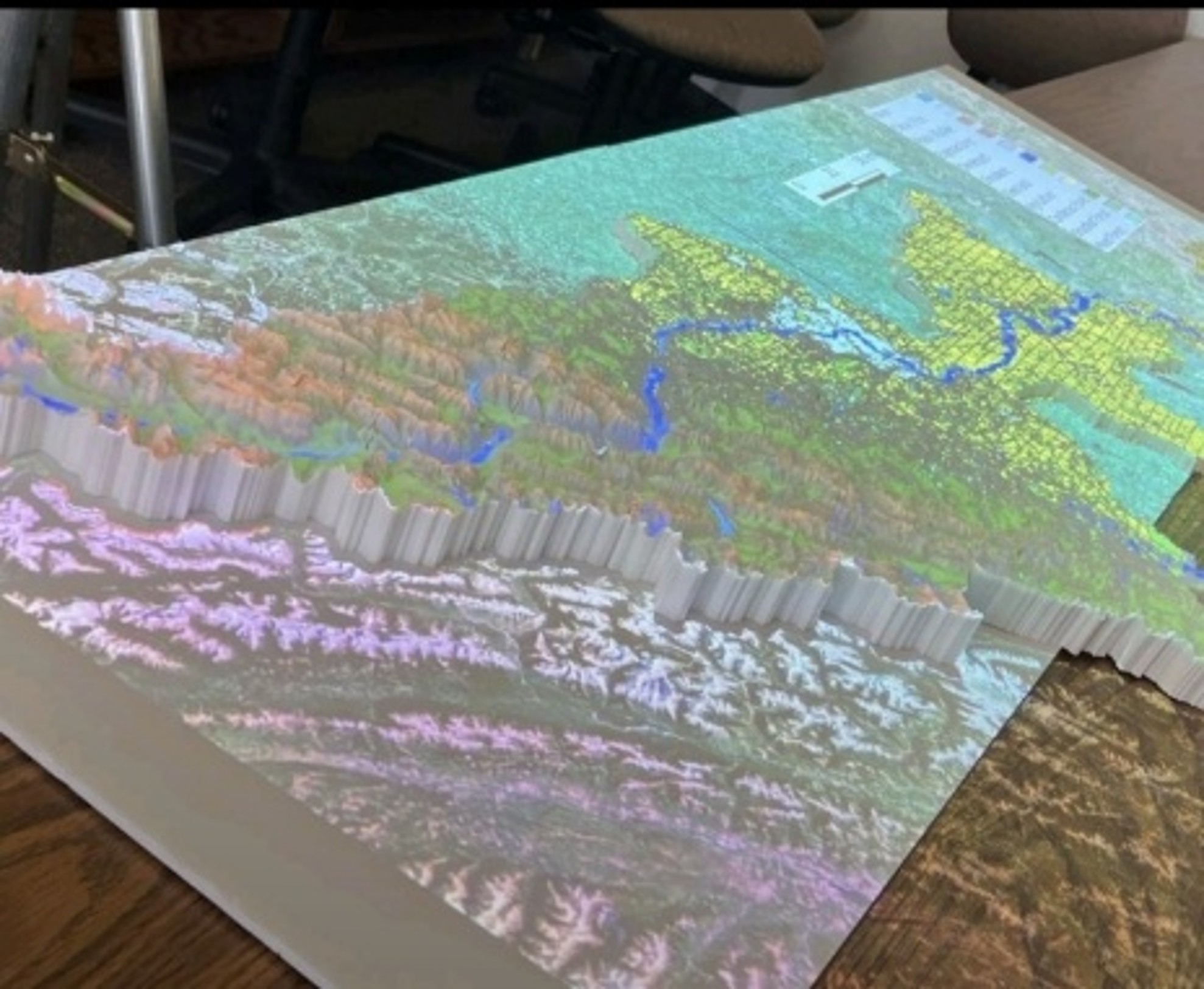
Beyond the Surface: How 3D Modeling and Mapping Projection emerges as another way of displaying Data
Introduction: Our Lifeline in Three Dimensions The Bow River Basin
The Bow River Basin is more than just a waterway; it’s the lifeline for millions of Canadians. From providing drinking water and supporting vibrant ecosystems to fueling agriculture and hydroelectric power, its health directly impacts communities across Southern Alberta, including major urban centers like Calgary. Yet, this vital basin faces complex challenges: the increasing risks of floods, pressures on water allocation, and the ongoing impacts of a changing climate. How can we truly understand and manage this intricate system, ensuring its resilience for generations to come?
3D modeling offers a deep and actionable understanding of our water future.
It’s not just about creating pretty pictures; it transforms complex data into intuitive, shareable insights that empower everyone, from scientists to community members, to make informed decisions.
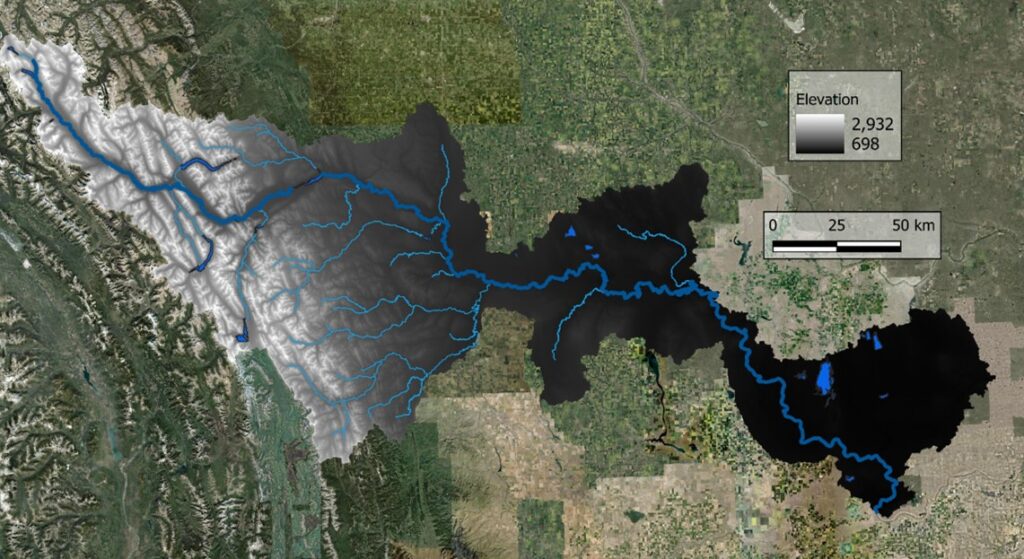
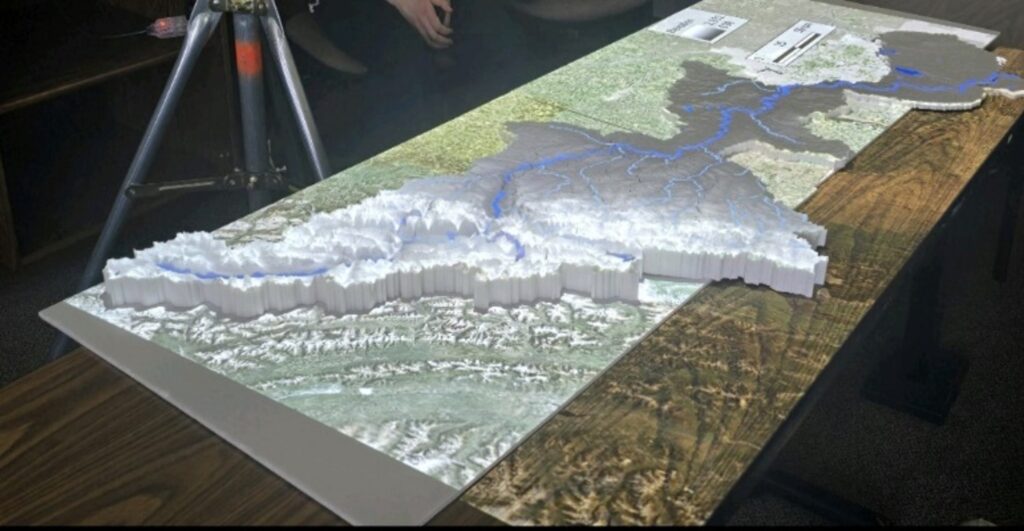
At its core, 3D landscape modeling creates a detailed “digital twin” of our natural environment. Unlike flat maps, these models incorporate elevation, terrain, water bodies, and even human-made structures, allowing us to visualize the landscape in an immersive, three-dimensional way.
What makes this revolutionary is its application for participatory planning, collaborative decision-making, and highly engaging presentations. 3D projection-augmented landscape modeling allows us to deliver complex information effectively, even to non-technical audiences. It achieves this by combining physical models with GIS-processed data in various ways, tailored to different needs, expectations, and knowledge levels.
For the Bow River Basin, which is composed of 20 sub-watersheds, this means bringing a wealth of critical information to life. Our models utilize maps processed through ArcGIS and QGIS software to illustrate diverse layers such as:

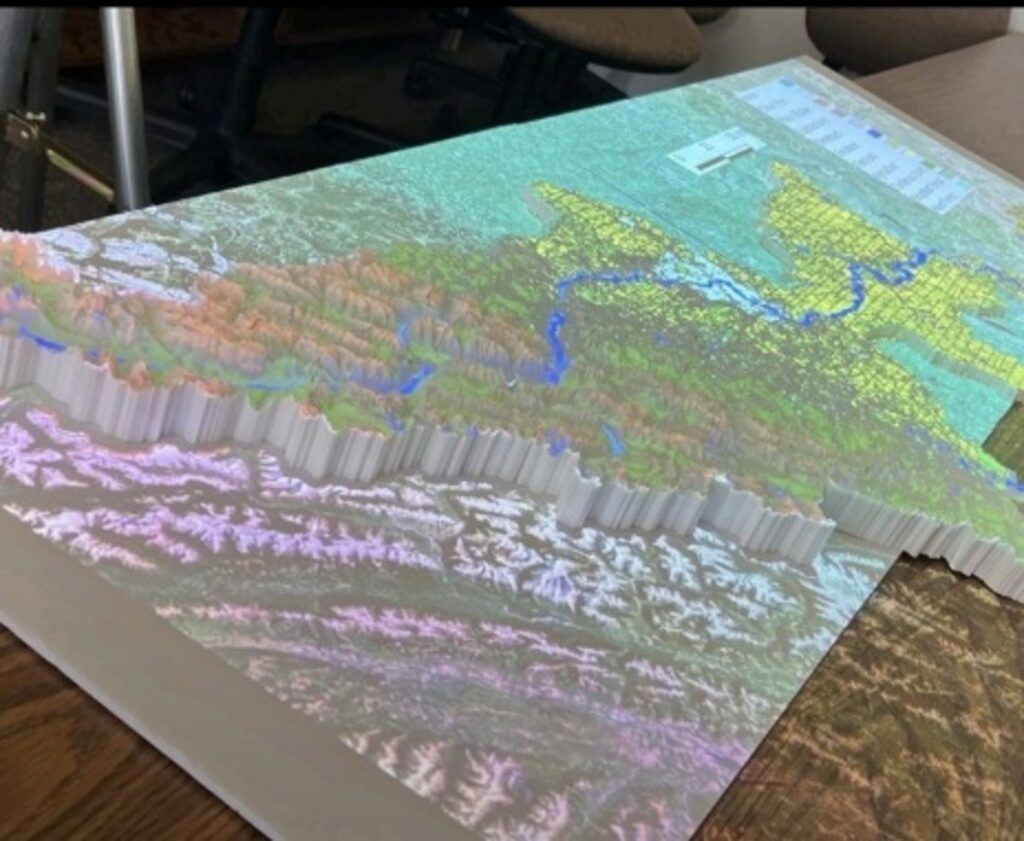
The main objective is clear: to provide audiences with a general understanding of the basin’s intricate aspects, facilitating a better approach for everyone involved, whether from academic, community, or institutional roles. This collective understanding is the foundation for a better water future.
The power of 3D modeling becomes evident in its tangible applications for the Bow River Basin:
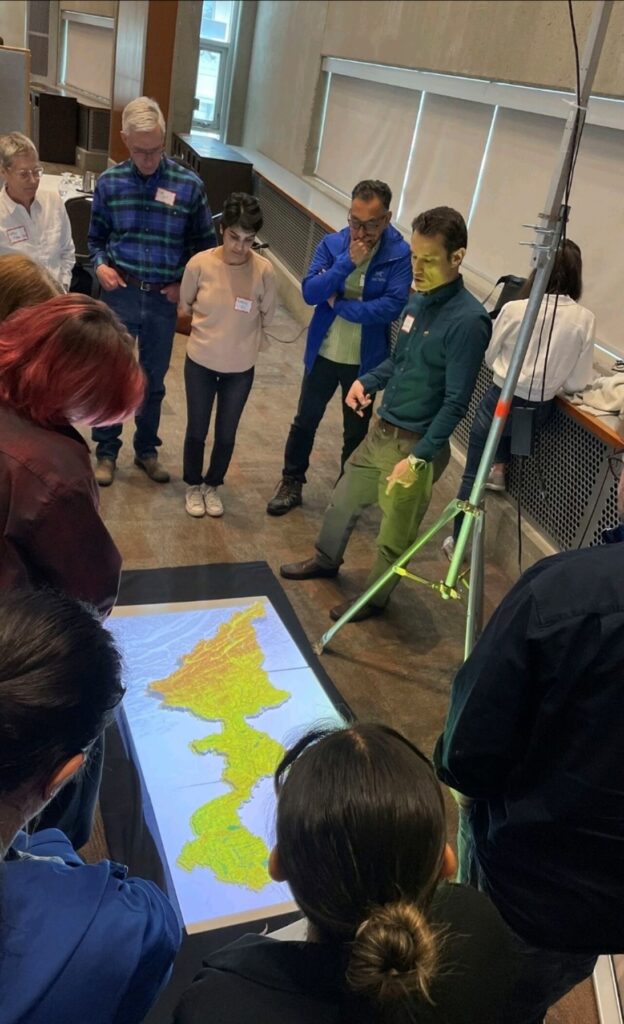
The future of 3D landscape modeling is incredibly promising, with ongoing advancements in remote sensing, real-time data integration, and AI-driven analysis. However, it’s important to acknowledge that while powerful, these models are tools to inform, not dictate.
Challenges include the cost and labor involved in acquiring high-resolution, up-to-date data, the significant computational power required to process vast datasets and run complex simulations, and the ongoing effort to ensure models accurately reflect real-world conditions through careful calibration. Most importantly, effective use requires strong interdisciplinary collaboration between scientists, engineers, policymakers, and the communities directly impacted. The human element – including values, community input, and adaptive management – remains critical in integrating advanced modeling with local knowledge and policy. This dynamic interplay sparks ongoing discussion about how best to achieve a sustainable water future.
3D landscape modeling provides an unparalleled lens through which to understand and manage complex Canadian water systems like the Bow River Basin. It empowers a more collaborative and informed approach to decision-making, helping us tackle critical issues such as climate change impacts and water security. By transforming intricate data into accessible visualizations, this technology helps us all visualize, discuss, and work towards a more resilient and sustainable water future for Canada.

Juan Zuleta is a Project Management and Water Professional, qualified in the development of highly environmentally sensitive projects, dedicated to leading sustainable practices for the reduction of water and carbon footprint. He is an Environmental Scientist at WaterSMART Solutions, and studied Integrated Water Management at the Southern Alberta Institute of Technology (SAIT). If you would like to connect with Juan regarding his project or this blog post, click here.

Introduction: Our Lifeline in Three Dimensions The Bow River Basin
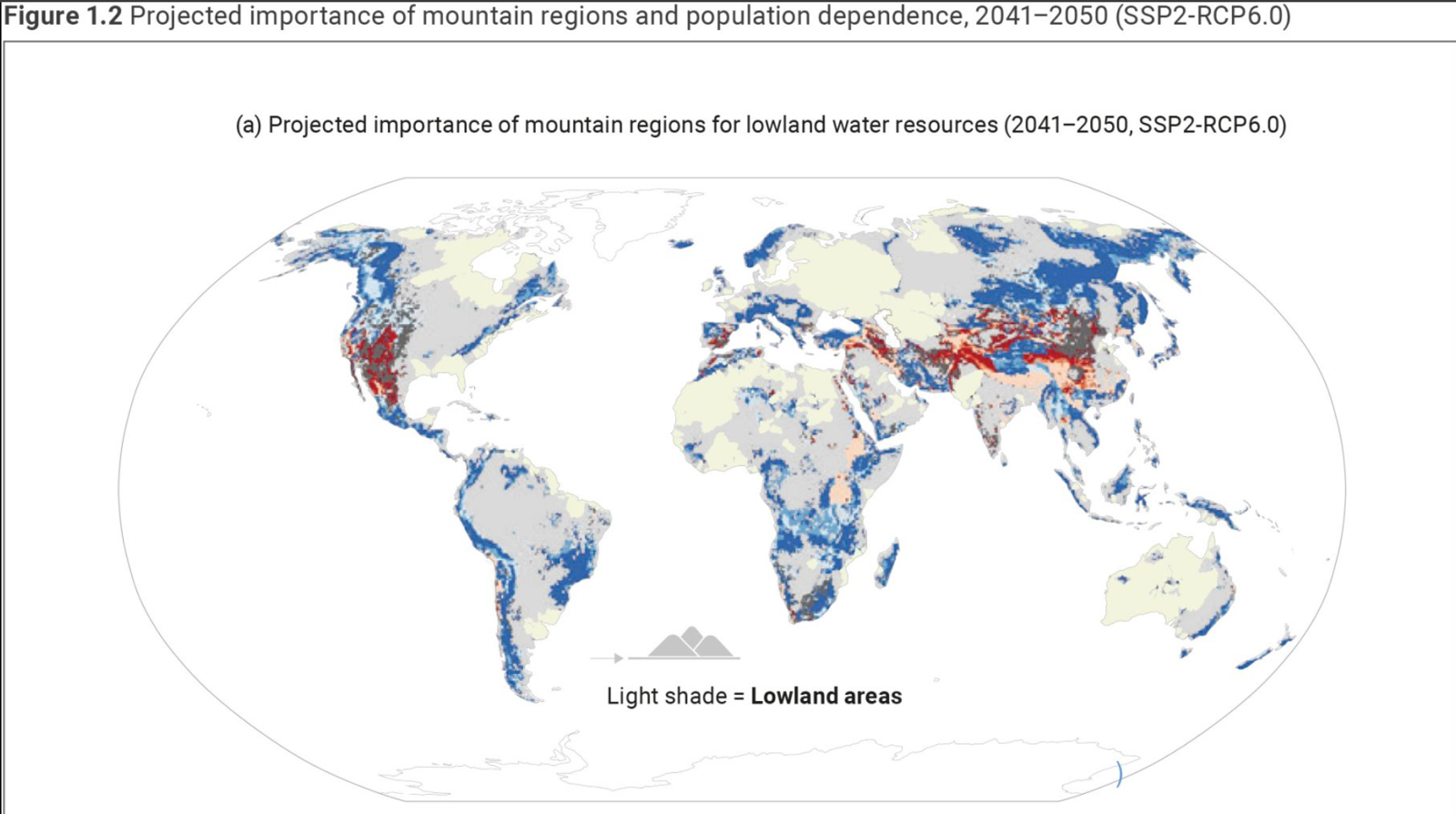
Happy (belated) World Water Day 2025! 2025’s World Water Day
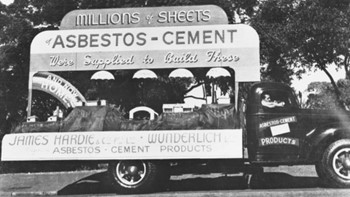
What is Asbestos? Asbestos. The word itself causes a knee-jerk

What is pathology? At its core and most basic definition,
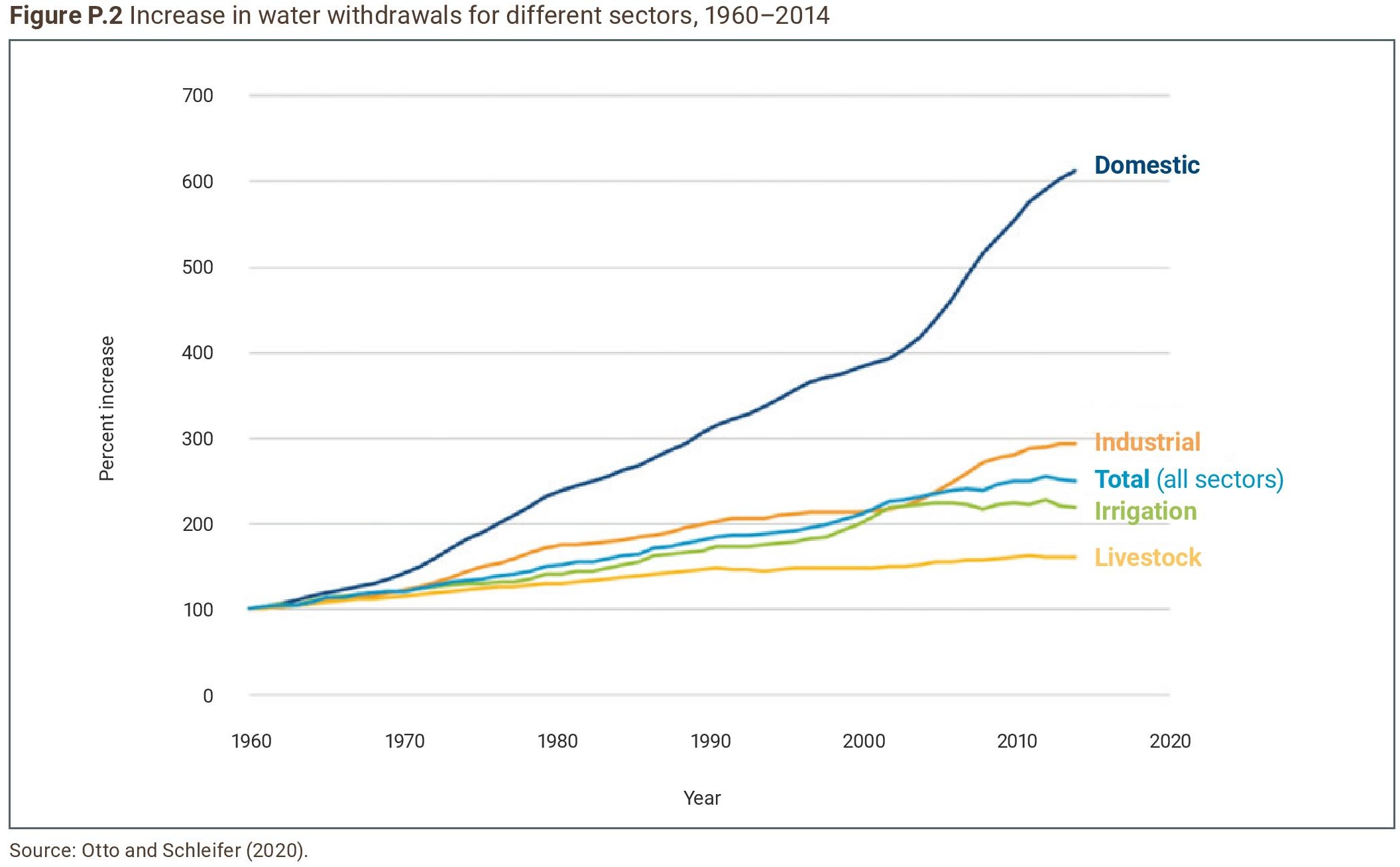
As I settle down to read the latest UN Water
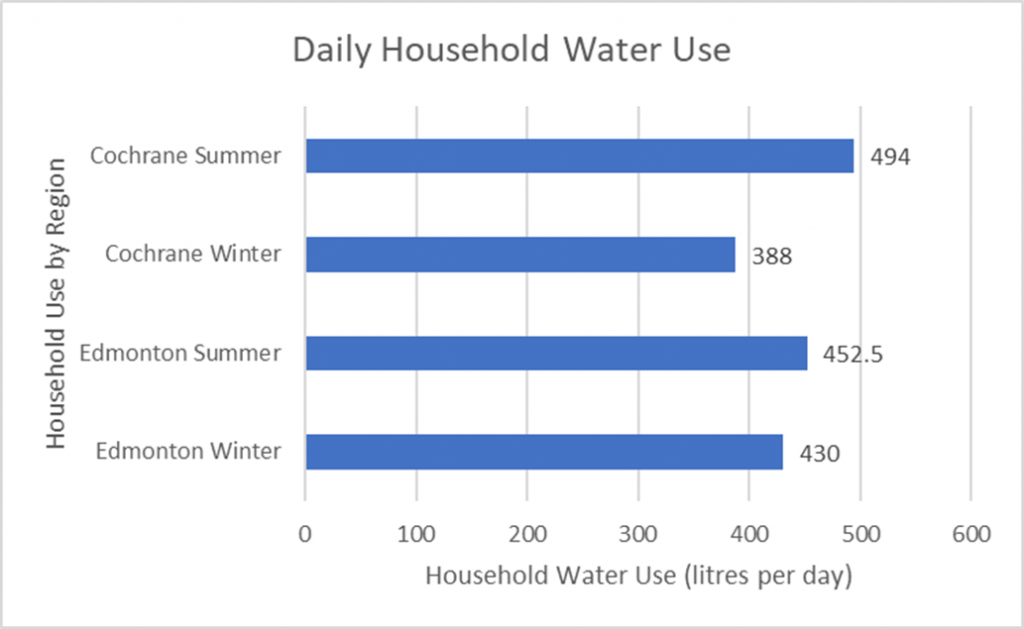
Access to water, water use, and water conservation are of
We provide Canadian educational resources on water practices to promote conservation and sustainability. Our team crafts current and relevant content, while encouraging feedback and engagement.
The Canada WaterPortal is a registered charity, #807121876RR0001
We recognize and respect the sovereignty of the Indigenous Peoples and communities on whose land our work takes place.
© 2025 All Rights Reserved.